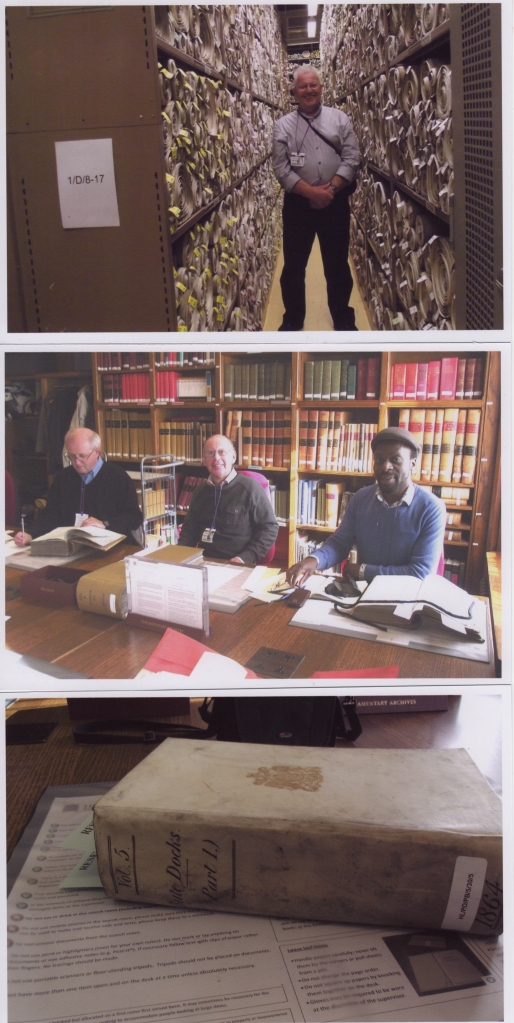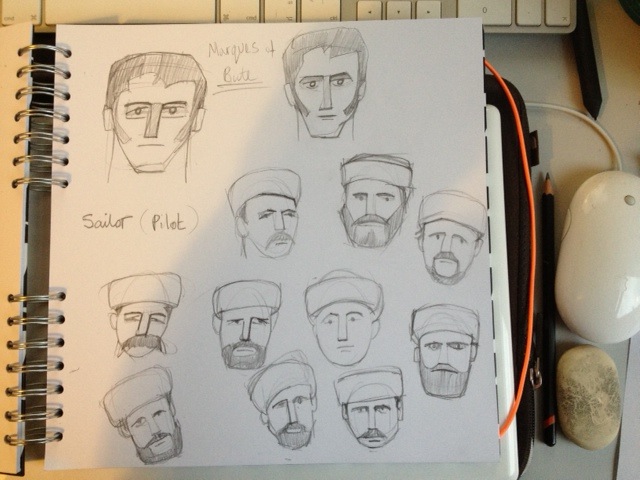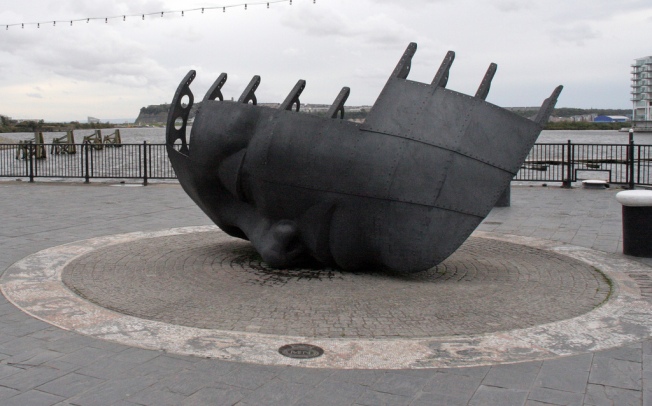One of my strongest memories was of visiting Parliament with the Grangetown Local History Society to gather research for the project. We stepped into the Act Room and instantly were transported through time. Walking through the shelving surrounded by scrolls signed by Kings and Queens of England was amazing. I remember the Archivist picking up a scroll signed by King Henry VIII. Each scroll is an Act of Parliament passed with royal approval.
Category Archives: Research
Full Steam Ahead
The research period was completed a few weeks back leading me to the most exciting and daunting part, ‘the creative process’. My proposal was green lighted and given the thumbs up so now it’s about pulling it all together and diving head first into the animation production. I haven’t talked in any great length regarding the wealth of resources uncovered by the Grangetown Local History Society and archivists from Glamorgan Archives and Parliamentary Archives, but the whole concept is based on the documents and photographs which they have worked long and hard collecting and deciphering. In a nutshell the animation depicts the changing landscape of the docks throughout the Victorian era and the plight of the humble Pilot Cutter David Morse who gave evidence in parliament in favor of its development.
I’ve been referencing paintings of the Marques of Bute to achieve a likeness and at the same time find a style that works as a whole for the project. This style needs to be carried through to all characters so that there is unity and balance. Helen picked out an amazing old photograph from a local history book of Pilots posing in their Sunday best wearing what looks like Russian hats. It is such a cool picture that I will try and use the original in the film if permission is granted. Until then I will be using illustrations based on these characters.
Sea of Words: Pilot Cutters & Merchant Ships
I am greatly inspired by old photographs depicting ships in the docks and the Pilots who guide them (Pilots were sailors who guided the merchant ships into the docks with their boats called Cutters. Their job was vital to insure that the ships did not run into shallow water). Now imagine a storm clashing and tossing around all that is in it’s path. The humble Pilot boards his cutter and sets out in all conditions because feeding his family depends on the safe passage of the merchant ships.
This storm is the visualization of the conflict and lobbying in Parliament for and against the Marques of Bute’s plans to develop Cardiff’s Docks. Much was at stake as whoever succeeded in controlling the docks gained great power and wealth.
Billy Nomad
I find myself in a nomadic existence, traveling from place to place. This is quite the norm for a freelancer, but has become a stronger part of my week since beginning the residency at Parliament. There is something about the journey that enhances creativity and idea generation. Maybe it’s the ever changing landscapes through the panoramic view of my window, or maybe it’s the hum of the train itself that sends me into a state of relaxation where my mind can digest, deconstruct and translate research into a creative form. It also lends itself to reflection and contemplation, an important part of the creative process.
Awe & Wonderment
Merchant Seafarer’s War Memorial sculpture by Brian Fell. Photographed by Tony Hisgett 2008
Walking along Cardiff bay you can’t help but be reminded of its rich history. Art and heritage isn’t a new concept here, but rather something that is celebrated and openly engaged with. I look at Brian Fells Merchant Seafarer’s War Memorial and the power that it encompasses. Cardiff has raised the bar high for all future artists to follow. Not only do we need to be creative, but we also need to engage the public with awe and wonderment.
My first week of the project working with Glamorgan Archives and the Grangetown Local History Society has been exciting researching artifacts from the 1800’s, reading letters, area maps and looking at old photographs. There is so much to explore and so many possibilities.
Trevor Woolery




